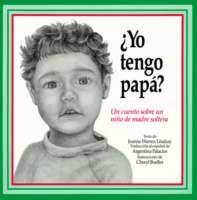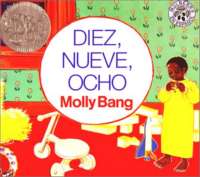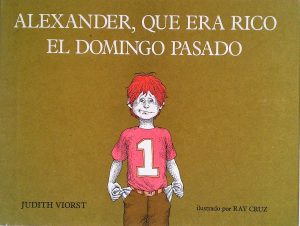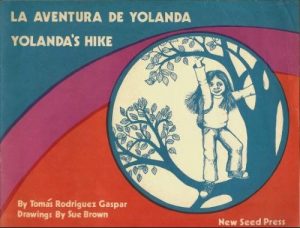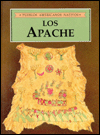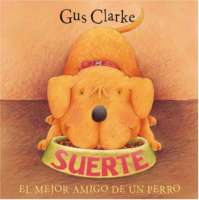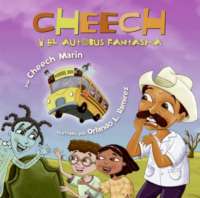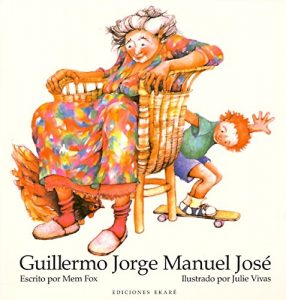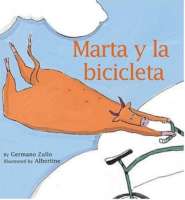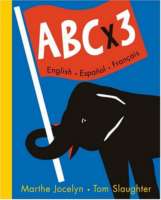
From airplane/avión/avion to zigzag/zigzag/zigzag, Marthe Jocelyn and Tom Slaughter have created a unique ABC for the very young. The book works perfectly in three languages, English, Spanish, and French (English, Español, and Français). In each case, deceptively simple paper cuts will delight the eye while young readers explore words in three languages.
The book has been carefully constructed to accommodate each language, including the letters which occur in Spanish, but not in English or French. Earlier collaborations by Tom Slaughter and Marthe Jocelyn have received raves from critics. This new addition to their library is yet another excellent introduction to modern art, to words, and this time to the fun of languages
